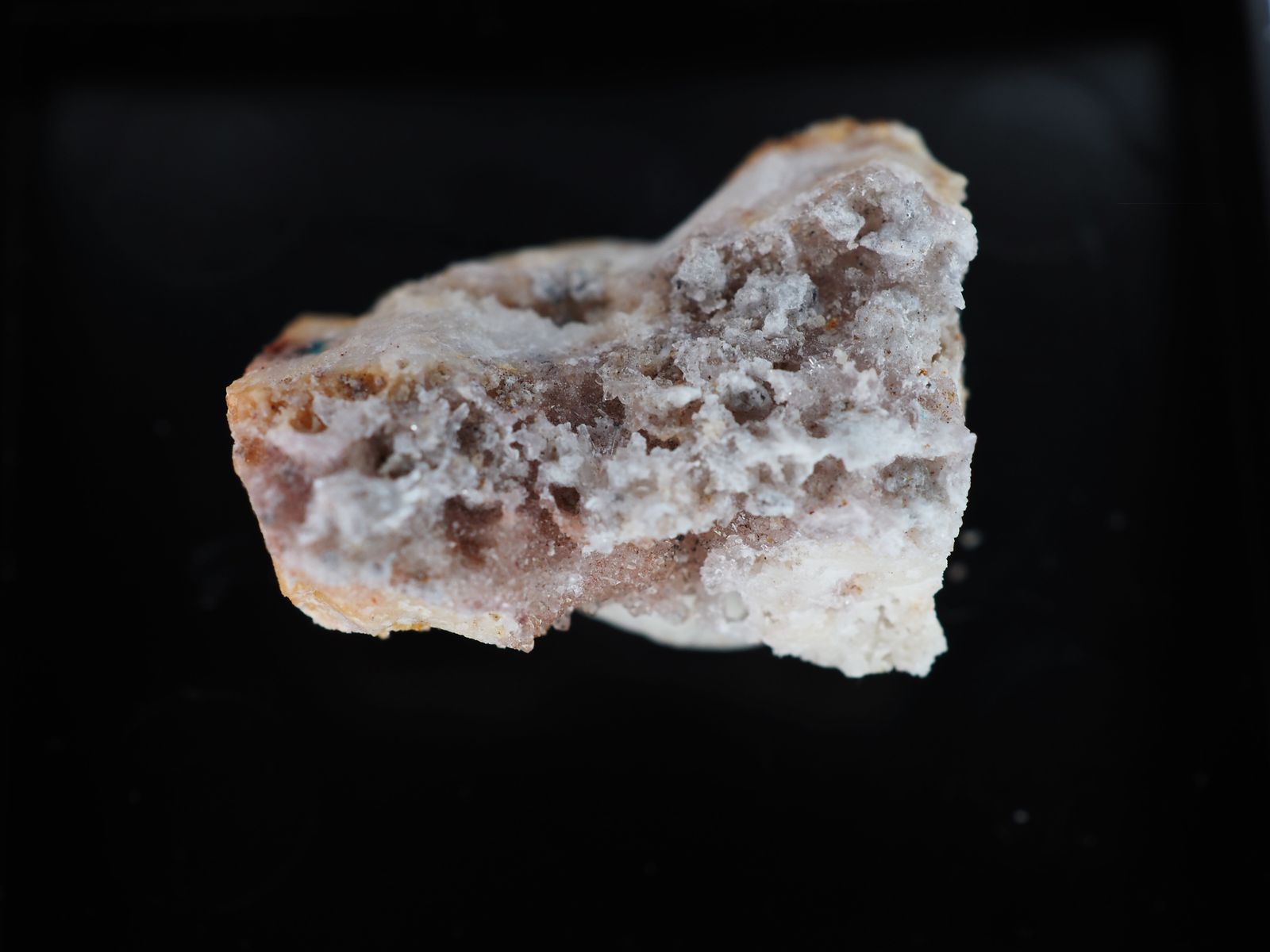
Challacolloite is a rare mineral that often sparks curiosity among geology enthusiasts. Found primarily in the Challacollo mine in Chile, this mineral has a unique composition and fascinating properties. What makes Challacolloite special? For starters, it’s composed of mercury and iodine, giving it a distinctive chemical makeup. Its crystal structure and rarity make it a subject of interest for both collectors and scientists. This mineral is not just a pretty face; it has practical applications too. From its formation process to its uses, there’s a lot to learn about Challacolloite. Ready to dive into some intriguing facts? Let’s get started!
Key Takeaways:
- Challacolloite is a rare mineral found in arid environments, with a unique chemical composition and formation process. It has niche uses in scientific research, mineral collecting, and education.
- This mineral, discovered in 1873, has a fascinating history and intriguing physical properties. It is prized by collectors, but its toxicity and sensitivity to moisture make it a rare and delicate find.
What is Challacolloite?
Challacolloite is a rare mineral with unique properties and an intriguing history. Found in specific locations, it has fascinated geologists and mineral enthusiasts alike. Here are some interesting facts about this mineral.
-
Challacolloite is a halide mineral, specifically a potassium mercury chloride (K2HgCl4).
-
It was first discovered in the Challacollo Mine in Chile, which is how it got its name.
-
This mineral typically forms in arid, desert environments where evaporation rates are high.
-
The crystal structure of Challacolloite is orthorhombic, meaning it has three mutually perpendicular axes of different lengths.
Physical Properties of Challacolloite
Understanding the physical properties of Challacolloite can help identify it in the field. Here are some key characteristics.
-
Color: It usually appears colorless or white, though it can sometimes have a yellowish tint.
-
Luster: Challacolloite has a vitreous to greasy luster, making it somewhat shiny.
-
Hardness: On the Mohs scale, it has a hardness of 2.5, which means it is quite soft and can be scratched by a fingernail.
-
Density: The mineral has a relatively high density due to the presence of mercury, with a specific gravity of around 3.1.
Chemical Composition and Formation
The chemical makeup and formation process of Challacolloite are fascinating topics. Here’s what you need to know.
-
Chemical Formula: Its chemical formula is K2HgCl4, indicating it contains potassium, mercury, and chlorine.
-
Formation: Challacolloite forms through the evaporation of saline waters in arid environments, often in association with other evaporite minerals.
-
Solubility: It is soluble in water, which means it can dissolve when exposed to moisture.
-
Associations: This mineral is often found alongside other halide minerals like halite and sylvite.
Uses and Applications
While not widely used, Challacolloite has some niche applications. Here are a few.
-
Scientific Research: It is primarily used in scientific research to study mineral formation and properties.
-
Collection: Due to its rarity, it is a prized specimen for mineral collectors.
-
Educational: It serves as an educational tool in geology and mineralogy courses.
Interesting Facts and Trivia
Some lesser-known facts and trivia about Challacolloite can add to its allure. Let’s dive into a few.
-
Rarity: It is considered a rare mineral, with few known occurrences worldwide.
-
Toxicity: Due to its mercury content, it is toxic and should be handled with care.
-
Discovery Year: Challacolloite was first described in 1873, making it a relatively recent discovery in the world of mineralogy.
-
Crystal Habit: It often forms in prismatic or tabular crystals, which can be quite striking under a microscope.
-
Stability: The mineral is stable only in dry conditions; exposure to moisture can cause it to degrade.
The Fascinating World of Challacolloite
Challacolloite, a rare mineral, has captivated scientists and collectors alike. Found primarily in the Challacollo Mine in Chile, this mineral's unique properties make it a subject of intrigue. Its chemical composition, consisting of mercury and chlorine, sets it apart from more common minerals. The crystal structure, often forming in tiny, intricate patterns, adds to its allure.
Understanding the formation and occurrence of Challacolloite helps geologists piece together Earth's geological history. Its rarity means that each specimen is a valuable addition to any collection. For those interested in mineralogy, Challacolloite offers a glimpse into the complexities of natural formations.
Whether you're a seasoned collector or just starting out, the world of Challacolloite provides endless fascination. Keep exploring, and who knows? You might just uncover the next big discovery in the world of minerals.
Frequently Asked Questions
Was this page helpful?
Our commitment to delivering trustworthy and engaging content is at the heart of what we do. Each fact on our site is contributed by real users like you, bringing a wealth of diverse insights and information. To ensure the highest standards of accuracy and reliability, our dedicated editors meticulously review each submission. This process guarantees that the facts we share are not only fascinating but also credible. Trust in our commitment to quality and authenticity as you explore and learn with us.
